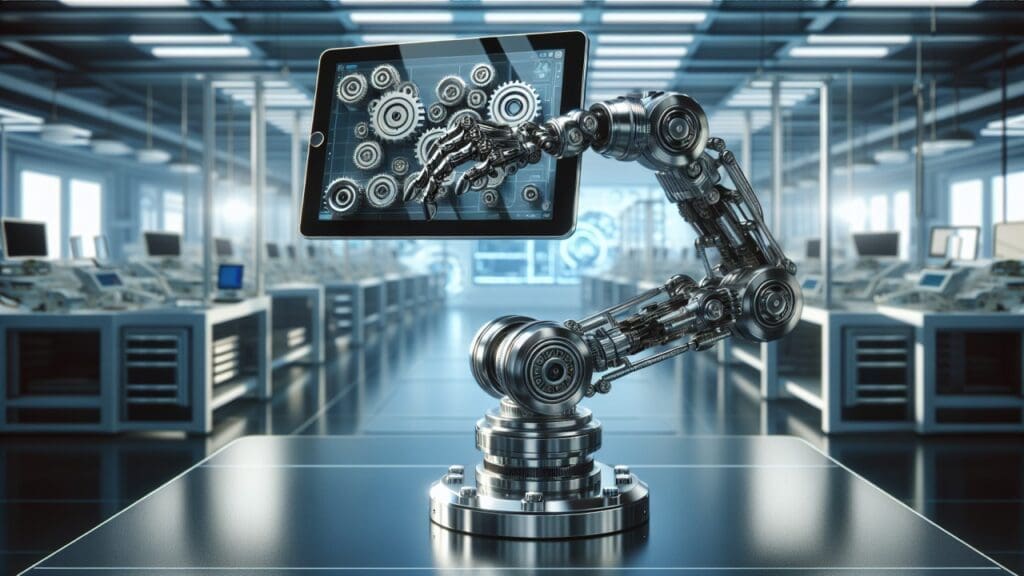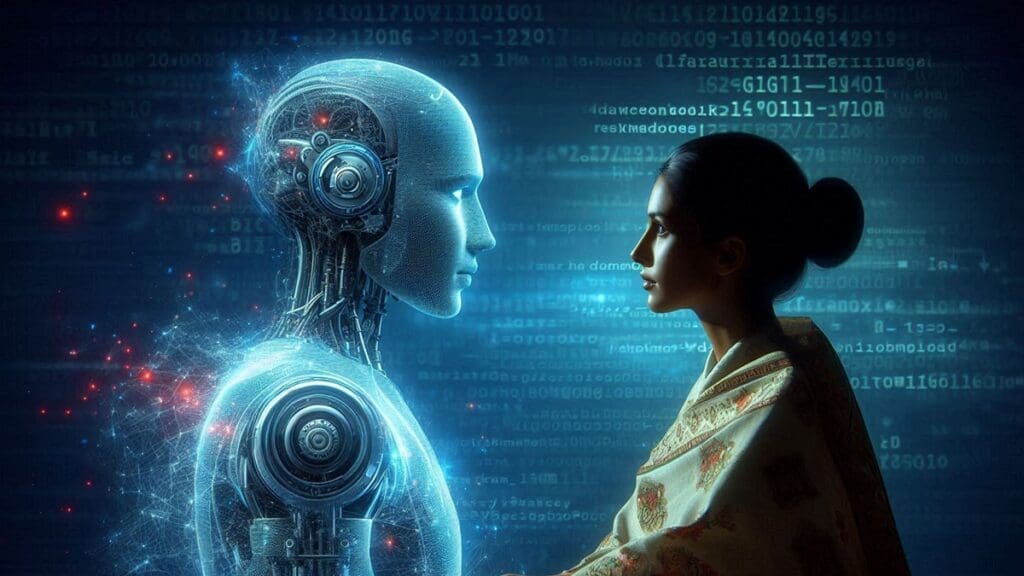When you attempt to access a website, you may encounter the familiar “I’m not a robot” checkbox, which prompts you to prove your humanity. But what truly happens in the background when you interact with this checkbox? Let’s delve into the intricate process that occurs when you click the “I’m not a robot” box.
Despite its appearance as a simple verification tool, the “I’m not a robot” checkbox initiates a complex behind-the-scenes analysis. While you might believe that a single click is sufficient to confirm your human status, the reality is far more intricate.
WHAT IS reCAPTCHA?
The “I’m not a robot” box falls under the umbrella of CAPTCHA, which stands for “Completely Automated Public Turing test to tell Computers and Humans Apart.” CAPTCHAs often involve tasks like transcribing a distorted word or identifying images containing specific objects, devised to thwart automated bots.
reCAPTCHA, Google’s CAPTCHA program, is an extensively utilized tool across countless websites worldwide.
HOW RECAPTCHA WORKS?

Clicking the “I’m not a robot” box is merely the tip of the validation iceberg; the actual scrutiny begins before your click action.
Upon clicking the box, the website transmits a data package to Google, which includes tracking your mouse trajectory leading up to the click (human movements tend to be more random, while bots typically move in straight lines). The system also scrutinizes your cookies and device history.
Google leverages this data to ascertain whether you exhibit human behavior or bot-like conduct and assigns you a corresponding score. If your score surpasses a certain threshold, you’re granted entry to the site. In essence, by selecting the “I’m not a robot” checkbox, you’re granting Google permission to analyze your online activities.
CAN AI SOLVE CAPTCHAS?

Paradoxically, AI robots might excel over humans in proving their non-robot status.
A study conducted at the University of California in July 2023 discovered that AI bots outperformed humans in solving CAPTCHAs, exhibiting higher speed and accuracy. In a comparison involving 1,400 human participants and AI bots, the bots achieved an accuracy rate of 99.8%, while humans completed the challenges with an accuracy ranging from 50% to 84%.
You may also like this content
Follow us on TWITTER (X) and be instantly informed about the latest developments…
Copy URL
Ultimately, the next time you navigate through the internet and encounter the “I’m not a robot” checkbox, be conscious of the intricate evaluation process taking place. Whether AI robots outsmart humans in proving their non-robot status or Google scrutinizes your online behavior, the digital landscape is continuously evolving. As technology progresses, the captivating dance between man and machine will undoubtedly provide endless fodder for curious minds to uncover.



















